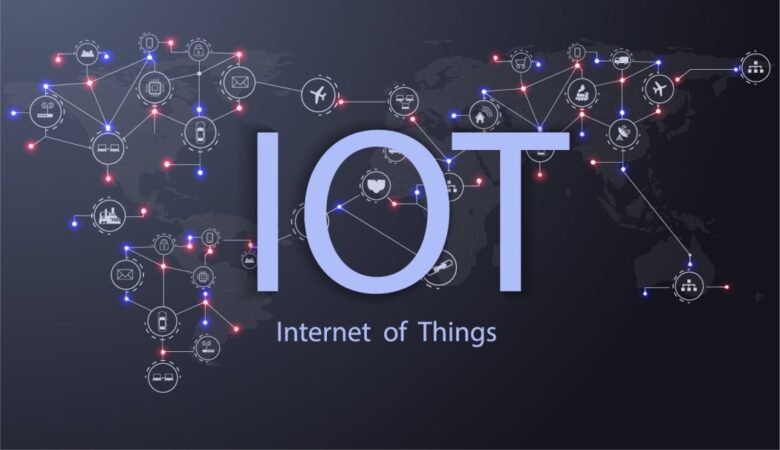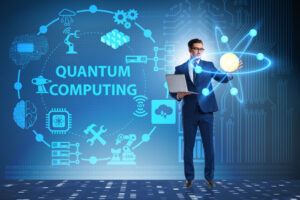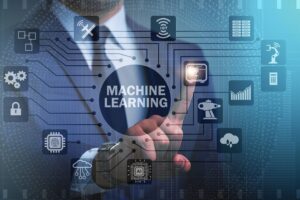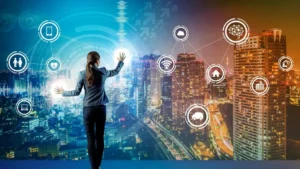IoT (Internet of Things) is a revolutionary innovation that has transformed the world. The concept is to connect everyday objects with the internet to enable them to receive, send, and process data. This technology does not only apply to computers or smartphones but also to household appliances, vehicles, and healthcare devices. IoT devices play a key role in changing the way people work, live, and interact with technology as the world becomes more digital. These devices transform traditional objects into data-driven, smart tools that enhance convenience, efficiency, and decision-making.
Evolution of IoT Devices
Until recently, IoT devices consisted of a few connected gadgets like fitness trackers or smart thermostats. The landscape has grown far beyond these early innovations. Without constant human interaction, the devices have become smarter, stronger, and more capable of complex tasks. IoT is evolving due to improvements in wireless networks and artificial intelligence. IoT devices now have faster response times, greater reliability, and are more suitable for critical applications, such as autonomous cars and remote healthcare. IoT has evolved to become more than just convenience. It is about creating an intelligent and connected world.
Smart Home Devices Transform Daily Life
The home is the environment where IoT devices have the most significant impact. Smart home devices are gaining in popularity and bringing automation to millions of homes. Smart speakers, which allow users to use voice commands to control appliances and lighting, and refrigerators connected to monitor food supply are all becoming part of the modern lifestyle. Smart thermostats adapt to user preferences and automatically adjust temperature settings in order to save energy. Connected security cameras and doorbells provide homeowners with real-time monitoring, alerts, and peace of mind. These devices make homes more comfortable, efficient, and secure while reducing costs and energy consumption.
Health Revolution through Connected Devices
IoT has a significant impact on the healthcare sector. Wearable devices like smartwatches or health monitors can track vital signs such as heart rate, blood-oxygen levels, and sleep patterns. Connected devices can provide continuous monitoring for patients with chronic diseases and alert healthcare providers in real time if anomalies are detected. After the pandemic, remote patient monitoring became even more important. It allows doctors to monitor patients without having to visit them in the hospital. Smart pills, ingestible sensors, and connected medical devices improve the accuracy of diagnosis and ensure timely interventions. IoT is improving healthcare outcomes and reducing burdens on healthcare systems.
Smart Manufacturing and Industrial IoT
Industrial Internet of Things devices, which go beyond consumer applications, are revolutionizing industry through the Industrial Internet of Things. Sensors embedded in manufacturing machines monitor performance and detect failures. They also predict maintenance requirements. It reduces downtime and increases productivity. Robots and automation systems powered by IoT improve the precision and efficiency of production lines. In logistics, devices connected to the internet track shipments live, providing transparency within supply chains. Smart factories will be the future of manufacturing. Data-driven decisions will optimize processes, reduce waste, and improve product quality. Industrial IoT does not only mean machines that work faster but also sustainable and efficient production.
IoT Devices in Transportation and Smart Cities
IoT devices are also transforming urban infrastructure and transportation. Smart traffic lights can adjust their settings in real-time based on the traffic flow. This reduces congestion and improves safety. Connected vehicles provide navigational assistance, track vehicle performances, and enable features such as predictive maintenance. Autonomous vehicles heavily rely on IoT sensors to identify obstacles, interact with other vehicles, and establish connections with infrastructure. IoT sensors are used in smart cities to monitor air pollution, manage waste collection, and control energy consumption in public areas. Smart parking systems that reduce time spent looking for parking spaces and streetlights that adjust brightness according to activity are saving energy. These innovations create smarter, safer, and more sustainable urban environments.
IoT Security and Privacy: Challenges to IoT
As we integrate IoT devices more into our daily lives, concerns about privacy and security are growing. Each connected device transmits and generates large quantities of data. Some of this data can be sensitive. Cybercriminals can exploit vulnerabilities in IoT to gain access to networks and personal information. Weak security protocols and outdated software pose serious risks. To protect IoT ecosystems, it is important to ensure strong encryption, regular software updates, and awareness among users. IoT has many benefits, but addressing privacy and security challenges is crucial to maintain trust and wide adoption.
IoT Devices: The Future Potential
IoT devices have a giant potential and are still developing. IoT devices are becoming more intelligent and interconnected as technology advances. They can also learn from their environment. Artificial intelligence and machine learning will allow IoT devices to make autonomous decisions. This will reduce the need for humans to be involved. Agricultural IoT is a new area that helps farmers monitor soil conditions and weather patterns to improve crop yields. IoT devices in retail are improving customer experience through automated checkouts and personalized recommendations. The future of IoT is a world that is seamlessly connected, where devices work together to make life easier, safer, and more sustainable.
Conclusion
IoT devices have a profound impact on the world of connectedness in ways previously unimaginable. IoT has a profound impact on how people interact with the environment, from smart homes to healthcare and manufacturing. They offer convenience, efficiency, and innovation unmatched by other devices but also raise ethical and security concerns. IoT is set to play a larger role as technology advances, addressing global issues and generating growth opportunities. The connected world, powered by IoT devices, is not a distant dream but a current reality.
FAQs
1. What does IoT mean in simple terms?
IoT (Internet of Things) refers to objects that are connected to the Internet, which allows them to collect data and exchange it.
2. What is the IoT device?
IoT devices collect information about their surroundings using sensors and communication technology and then send it on to other devices and cloud platforms to be processed.
3. What examples of IoT devices are there?
Smartwatches and smart thermostats are examples. Also, there are industrial sensors, medical monitoring devices, and connected cars.
4. Is IoT a safe technology to use?
IoT devices can be secure if they are protected with strong passwords and regularly updated. To avoid any risks, IoT requires the same care as all other technologies.
5. What is the future of IoT?
IoT will be a part of the future with greater integration, better decision-making, and applications in industries such as healthcare, agriculture, and intelligent cities.




